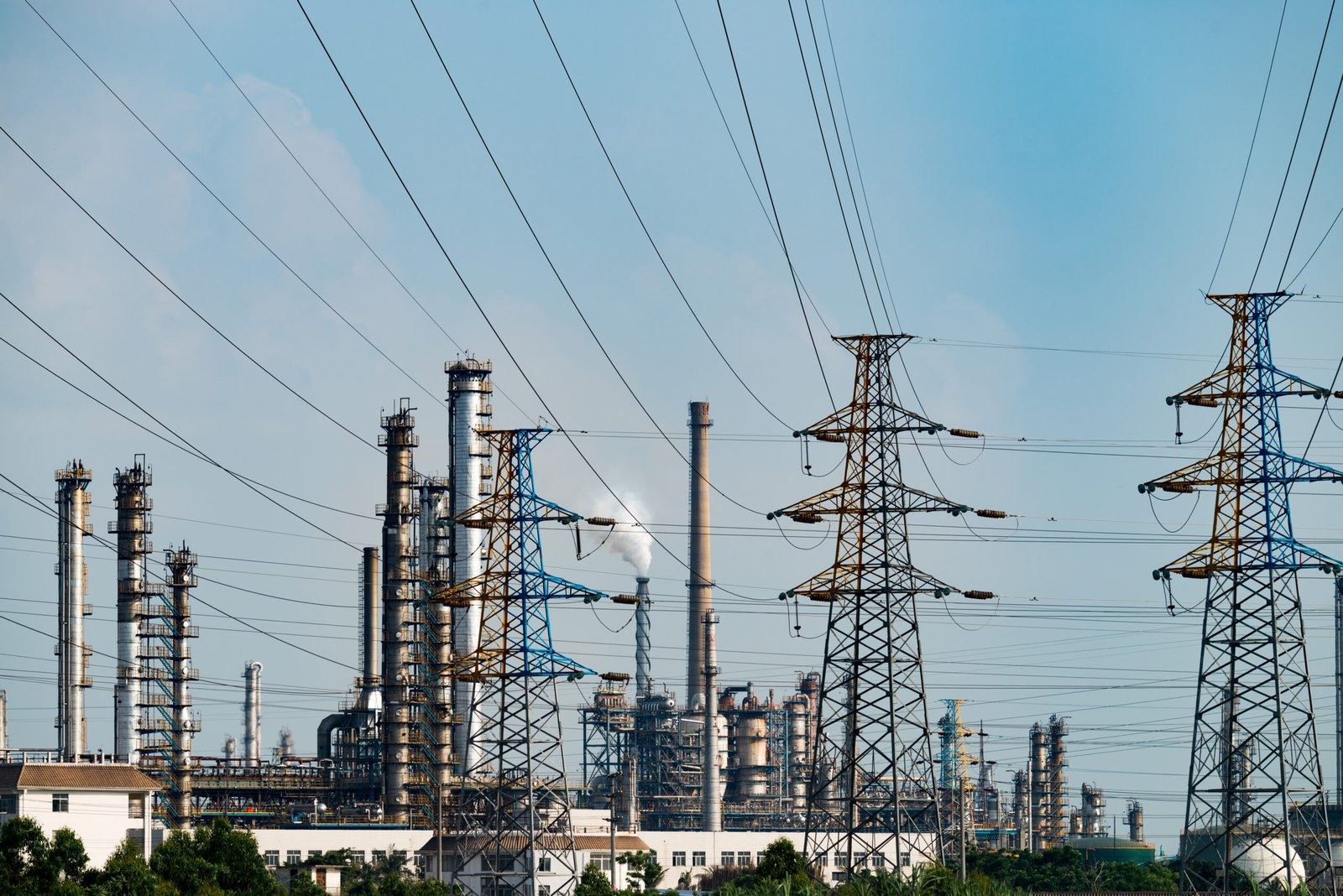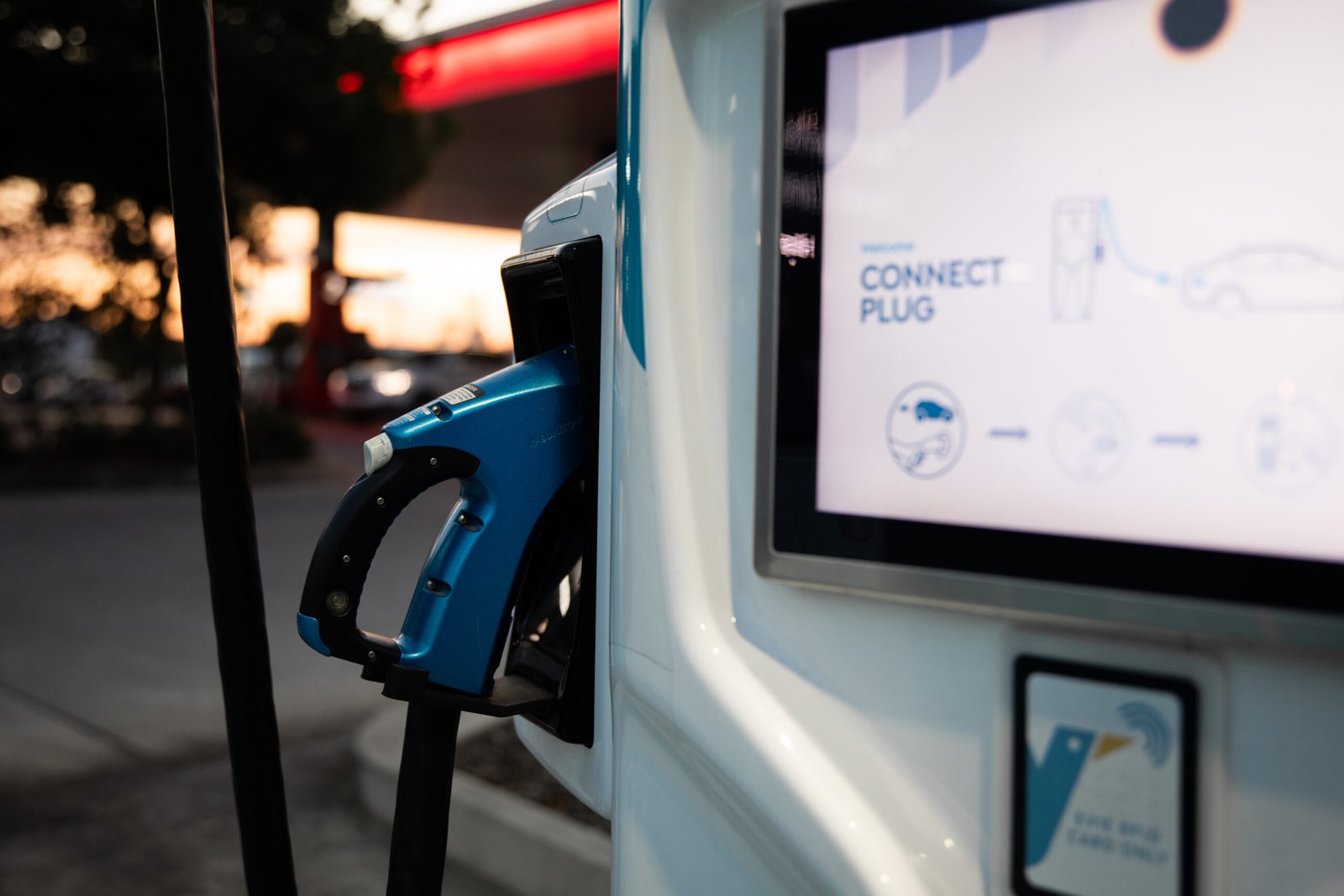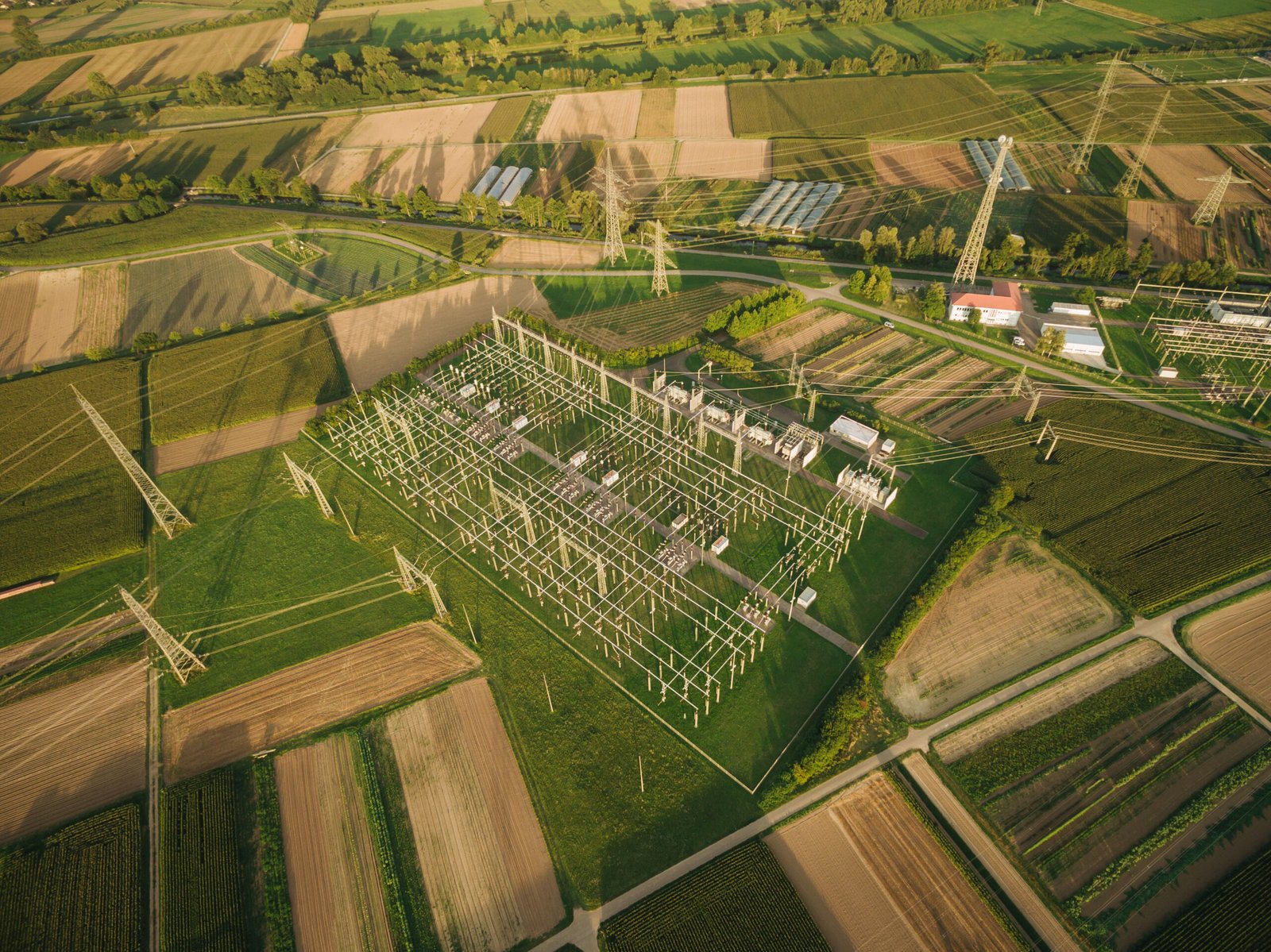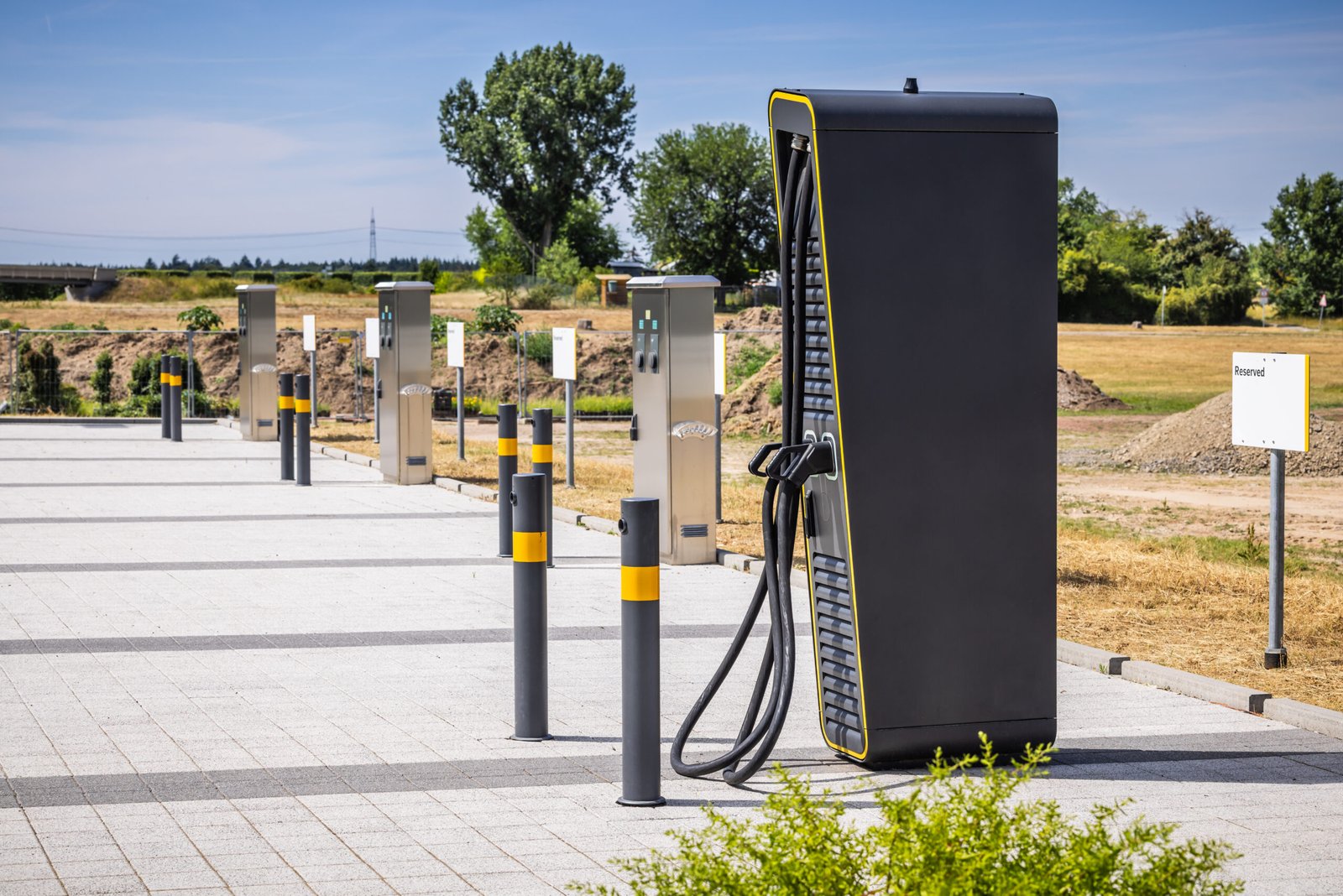Shedding Light on Energy in Europe – 2025 Edition
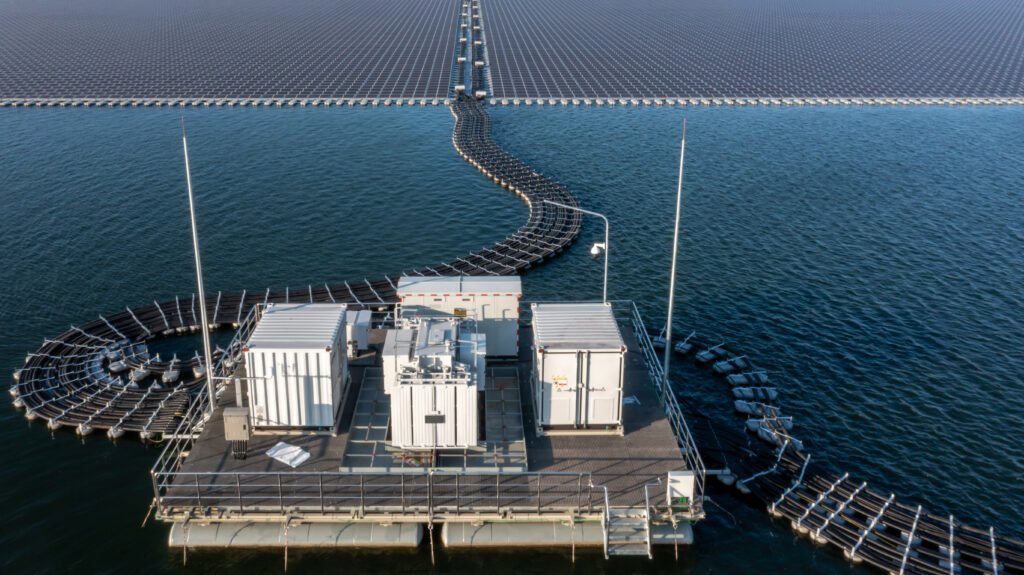
Europe’s energy shift in 2025 faces two different realities. While the continent’s goals for a cleaner and safer energy future are ambitious, progress has been slowed by the challenges of implementation and unpredictable financing conditions. Progress in clean energy is real, but it has also created new vulnerabilities. This means Europe must now move from making big plans to taking concrete steps.
The Defining Framework: From Green Vision to Geopolitical Necessity
The European Green Deal is the keystone of the energy strategy in Europe. The significant policy, introduced in 2019, aimed to create a modern, competitive, and climate neutral economy by 2050. The European Climate Law transformed this vision into a legally binding requirement to achieve climate neutrality by 2050.
The “Fit for 55” package was introduced in 2021 to achieve this target. It sets a major milestone of reducing greenhouse gas emissions by at least 55% by 2030. The package updated laws across all important sectors and was nearly fully implemented by the end of 2024. Its main goals were to reduce final energy consumption by 11.7% and raise the share of renewable energy to at least 42.5%, with a goal of reaching 45%.
The strategic calculus of this transition was fundamentally reshaped by Russia’s full-scale invasion of Ukraine. The weaponization of energy turned the climate mission into an immediate security imperative. In response, the EU introduced the REPowerEU program, allocating 30% of its funds to gaining access to affordable and sustainable energy and accelerating the phase-out of Russian fossil fuels.
This plan was a success in one major aspect: the EU cut its gas demand by an impressive 17% between August 2022 and January 2025, surpassing its voluntary target. This geopolitical shift cemented decarbonization as a matter of national security.
The industrial strategy is a broader policy framework supporting this transition. Measures, such as the Net-Zero Industry Act and the Clean Industrial Deal, aim to strengthen domestic production capabilities and reduce dependence on clean energy technologies produced by geopolitical rivals, especially China. The expansion of the EU Emissions Trading System (ETS) to include buildings and transport, along with the creation of the Social Climate Fund, makes the transition both effective and socially fair.
The Reality On-the-Ground: Developments and Exposure
Statistics from 2024 showed enormous progress in clean energy development. Renewables hit a record high, accounting for 47% of the electricity produced in the EU, with 22% coming from solar, surpassing coal. Wind energy also increased, becoming the second-largest source of power and driving fossil fuels to a historic low of 29.2% in the energy mix.
However, the first quarter of 2025 presented a stark contrast. The renewable share fell to 42.5%, mainly due to unfavorable weather conditions. A significant lack of rain and low wind speeds caused a 15% drop in hydropower and a nearly 10% decrease in wind output, exposing the system’s vulnerability to climate variability.
To fill the gap, the EU was forced to rely on its fossil fuel backup. Electricity from gas plants rose by almost 20%, and coal use increased by about 3% in the first half of 2025. This sharp swing highlights a key issue: even with long-term progress, the grid still depends on fossil fuels daily to maintain stability when renewable output dips.
The New Geopolitical Calculus
Europe’s strategic pivot away from Russian energy has been a major success. The share of Russian gas imports (including pipeline and LNG) dropped from 45% in 2021 to just 19% in 2024. This was achieved through both demand reduction and diversification of suppliers. In Q2 2025, Norway became the largest supplier of gaseous natural gas, while the United States dominated the LNG market, with its share rising to 57.7% in the same period. The following chart shows EU imports of energy.
According to recent data from Eurostat, Europe has not yet achieved true independence but rather a reconfiguration of dependencies. A significant 88% of the EU’s gas supply in 2024 still came from imports. This growing reliance on a few key partners, particularly the U.S. for LNG, exposes the EU to new global market risks.
The ultimate goal is to reduce the more than €400 billion bill for fossil fuel imports. This challenge can only be met through a mix of solutions like reducing consumption, improving energy efficiency, and expanding energy storage technologies such as batteries.
The Industrial Reality Check and the Grid Problem
The economic side of the energy transition presents its own challenges. High energy prices remain a concern. According to Eurostat, average household electricity prices in the second half of 2024 stood at €0.2872 per kWh. In some countries, such as Portugal and Finland, prices increased by more than 13%.
Adding to this is the fragility of Europe’s clean-tech manufacturing sector. A 2023 report highlighted the EU’s growing dependence on imports for key technologies. This is most evident in the solar and battery sectors, where China controls over 60% of global manufacturing capacity for crucial components. For solar PV, the dependency is even greater, with China holding over 90% of wafer and ingot capacity.
The bankruptcy of the promising European battery startup Northvolt in late 2024 was brought about by the region’s dependence on Chinese suppliers, underscoring the real risks of this strategic reliance.
The Clean Industrial Deal is expected to invest more than €100 billion to promote clean manufacturing in Europe. However, a large gap remains between plans and progress.
Infrastructure remains the biggest obstacle. In 2024, EU countries made only 54% of their transmission capacity available for cross-border electricity trading on the most congested lines, well below the 70% requirement for cross-zonal trade. This shortfall led to €580 million in lost economic benefits and €4.3 billion in costs for grid operators to relieve congestion.
| Metric | Value |
| Available Transmission Capacity (Congested Lines) | 54% |
| Regulatory Threshold | 70% |
| Total Cost of Remedial Actions (Relieving Congestion) | €4.3 billion |
| Lost Economic Welfare | €580 million |
Beyond grid capacity, more than 60% of tracked infrastructure projects in 2024 were delayed. In the wind sector, bottlenecks have emerged in component production such as rotor blades.
The Road Ahead: From Ambition to Action
Europe’s energy landscape in 2025 shows that strong policies and quick responses to crises are working, but risks remain. The next phase isn’t about setting new goals, it’s about taking concrete steps to turn them into real results.
The path ahead is clear:
- The EU must improve energy efficiency, as current progress isn’t fast enough to meet 2030 goals. This means prioritizing electrification of heating and speeding up building renovations.
- Member states must submit their final National Energy and Climate Plans (NECPs) to give investors long-term confidence.
- The EU must address physical and industrial bottlenecks, speeding up approvals for clean energy projects, and investing in stronger power grids to manage renewable fluctuations.
- Europe should expand domestic clean-tech manufacturing to reduce external reliance and strengthen economic independence.
Data from 2025 shows Europe standing at a key turning point. The region has a solid plan and clear direction, but progress remains difficult.
The true test of the European Green Deal will be how quickly and effectively it delivers a secure, stable, and competitive energy system for the future.
